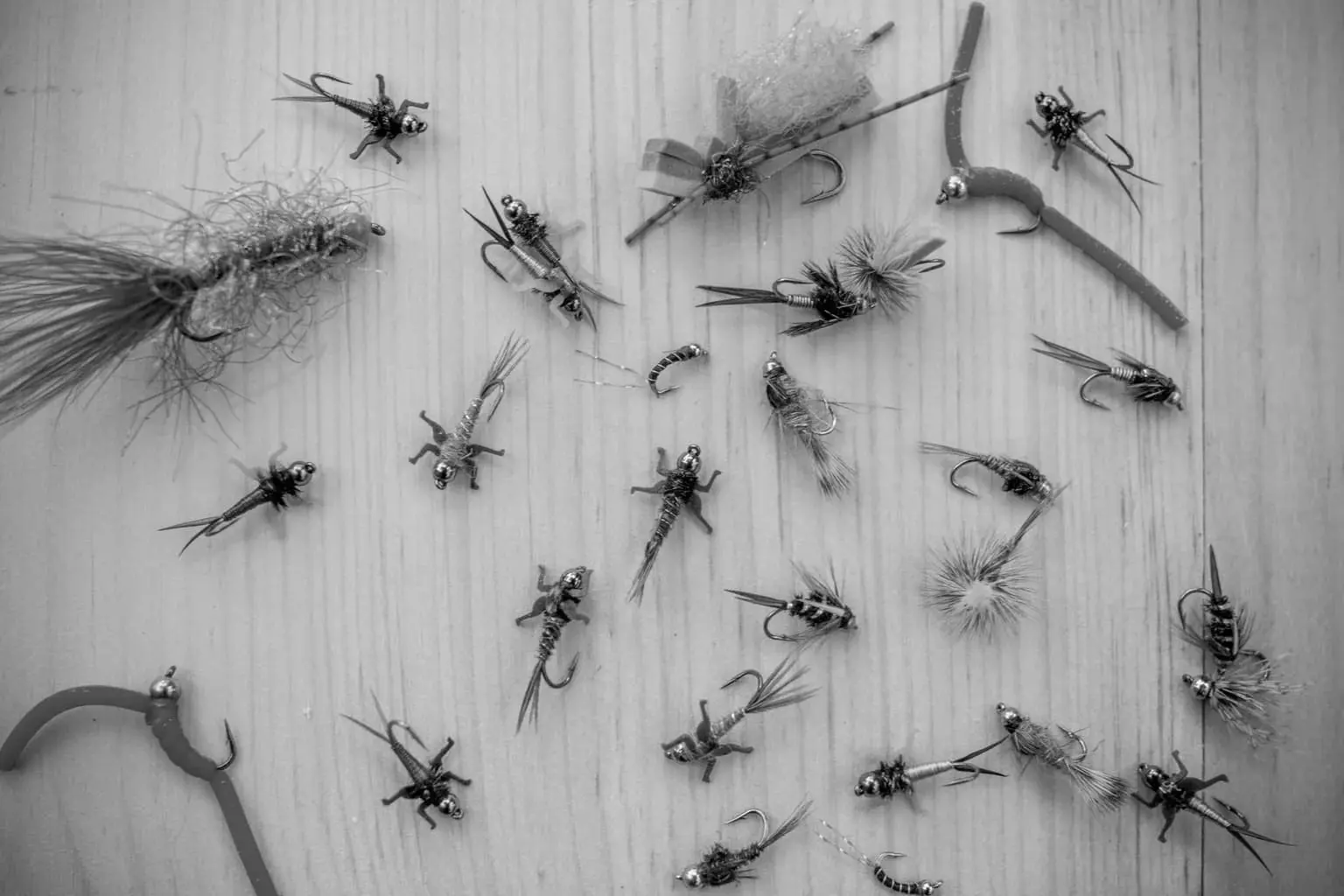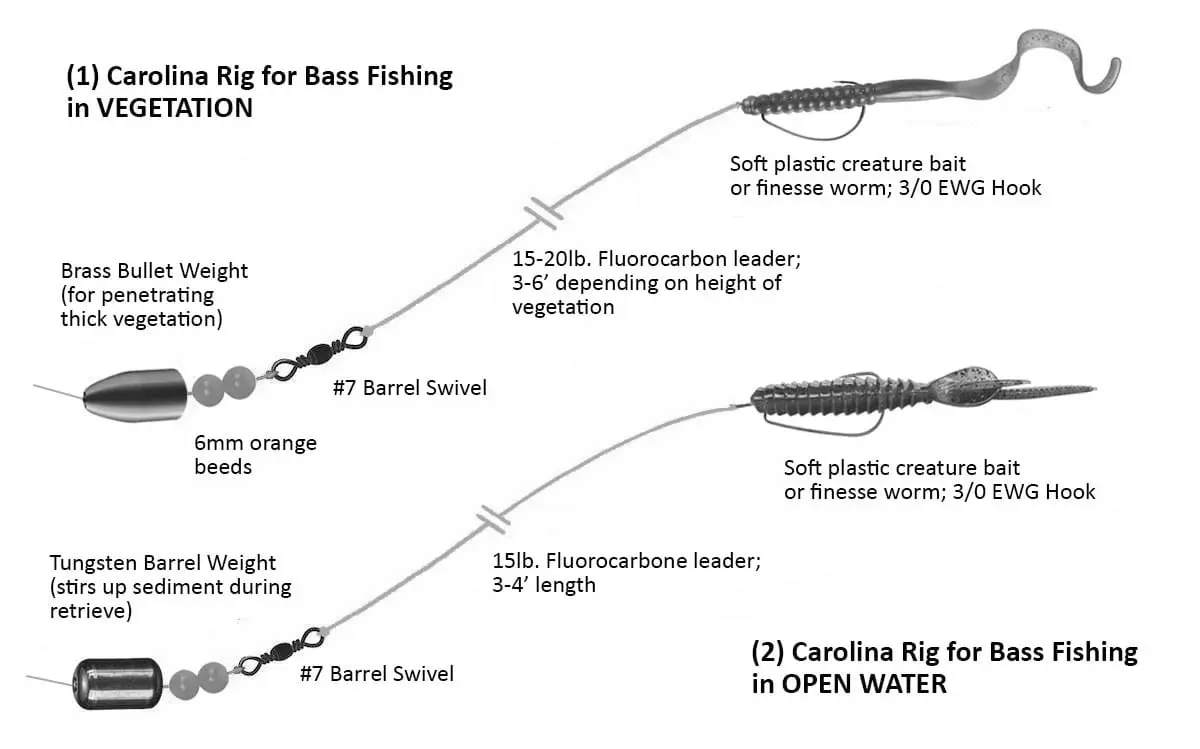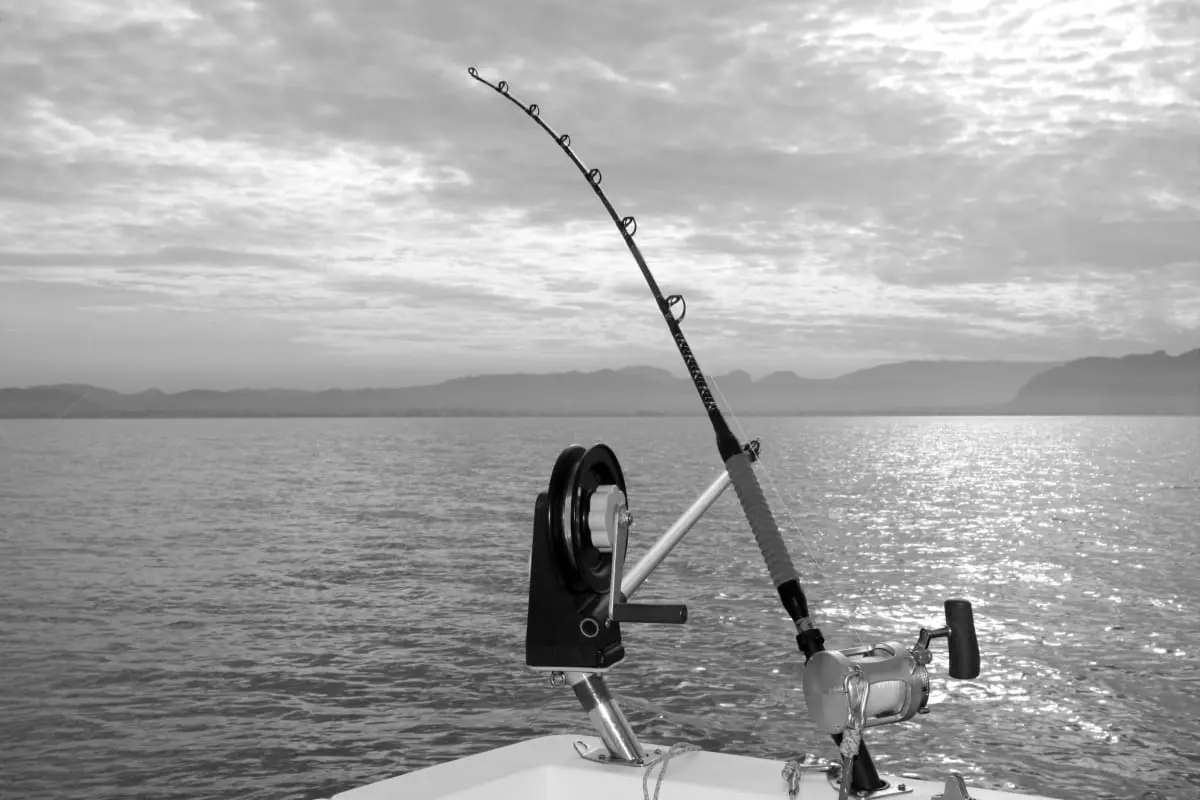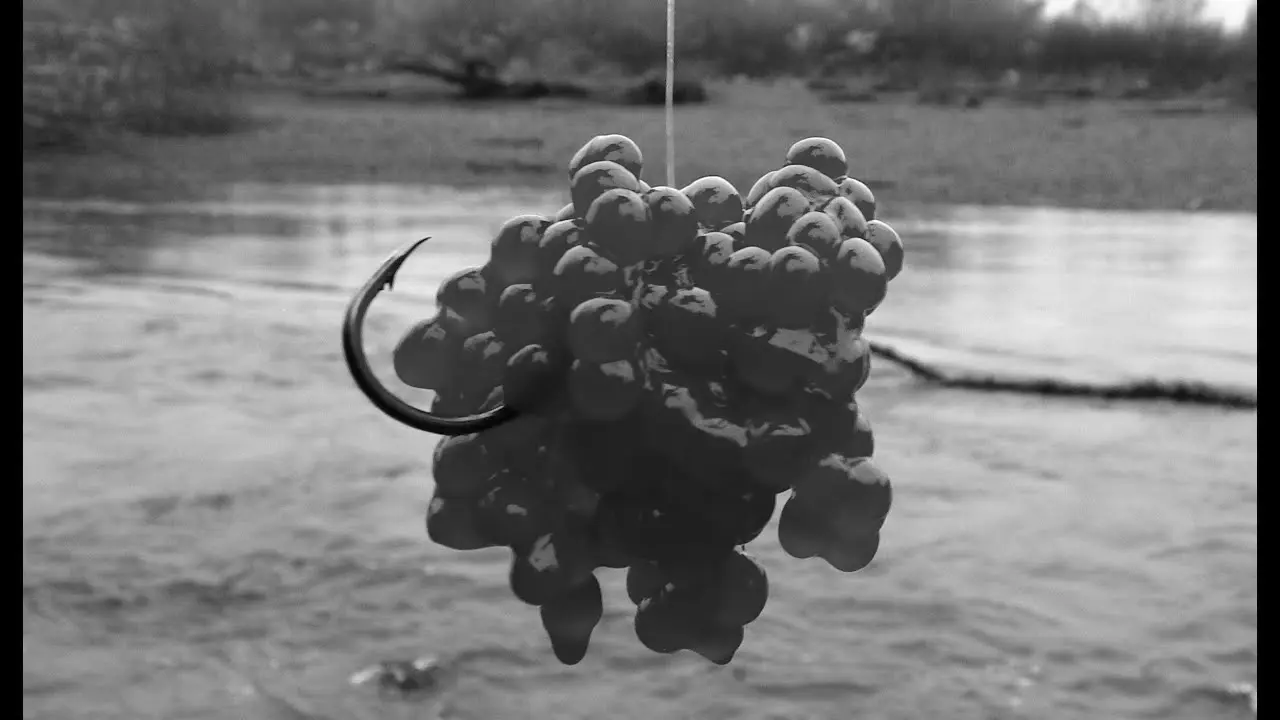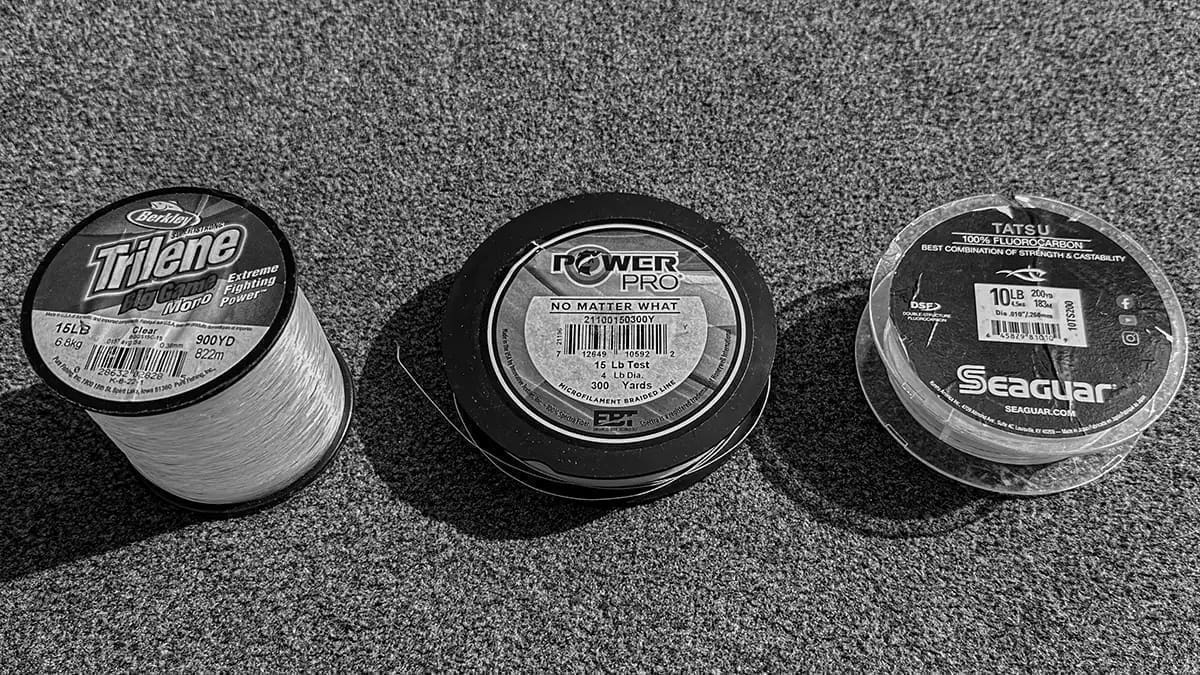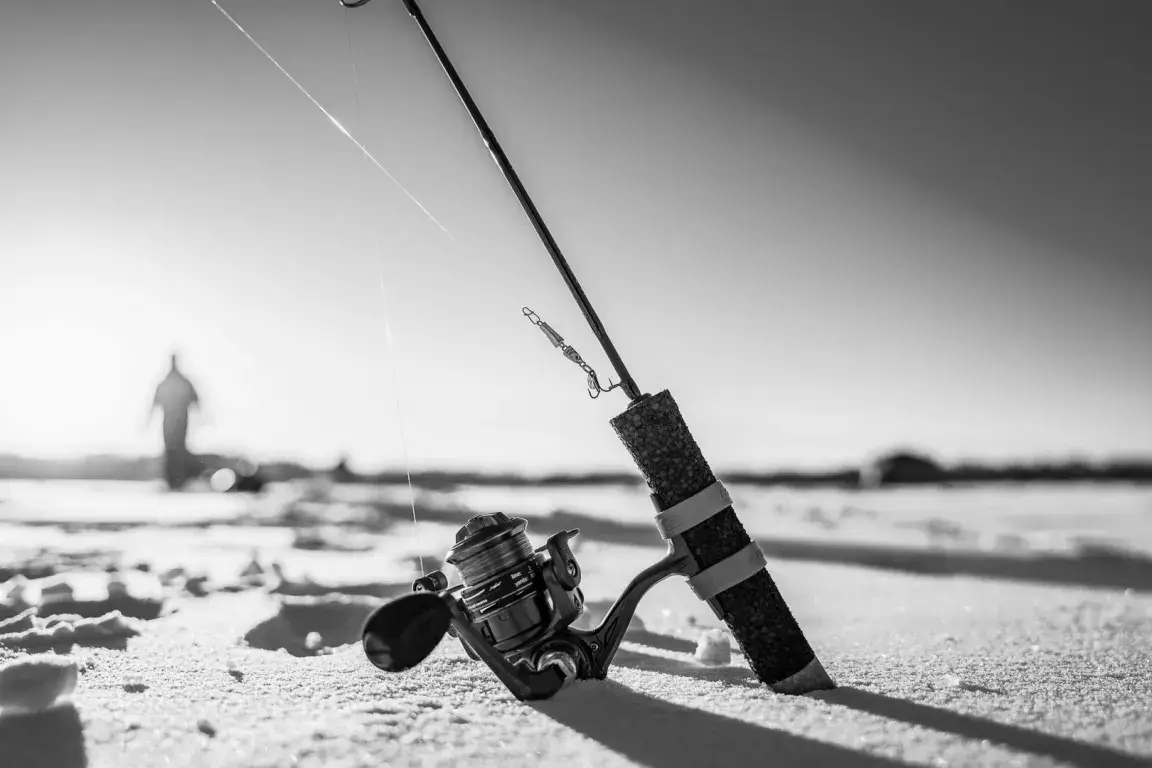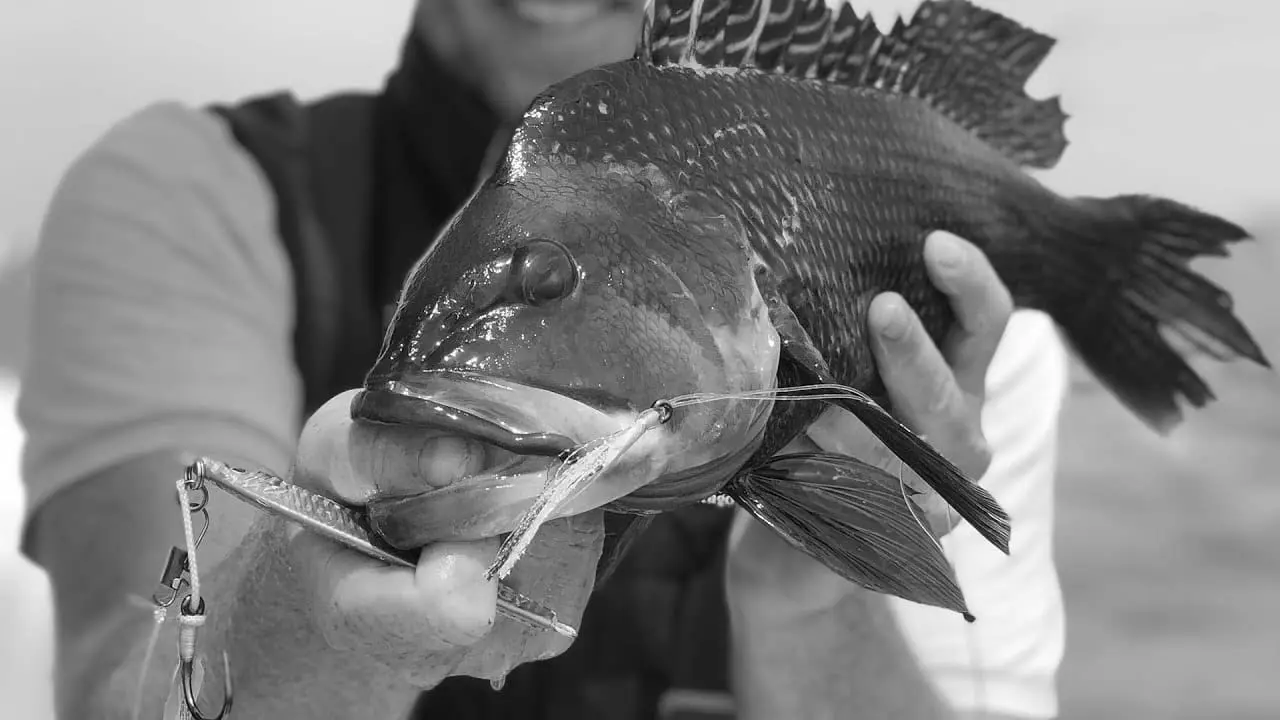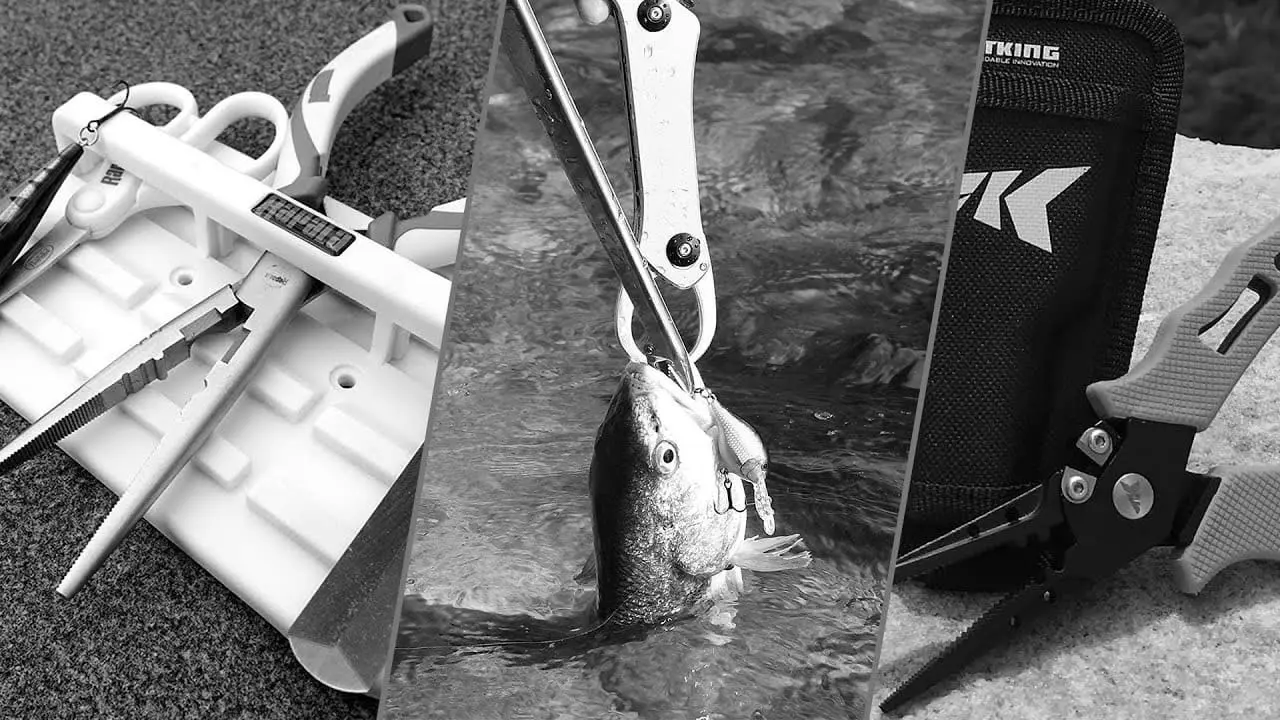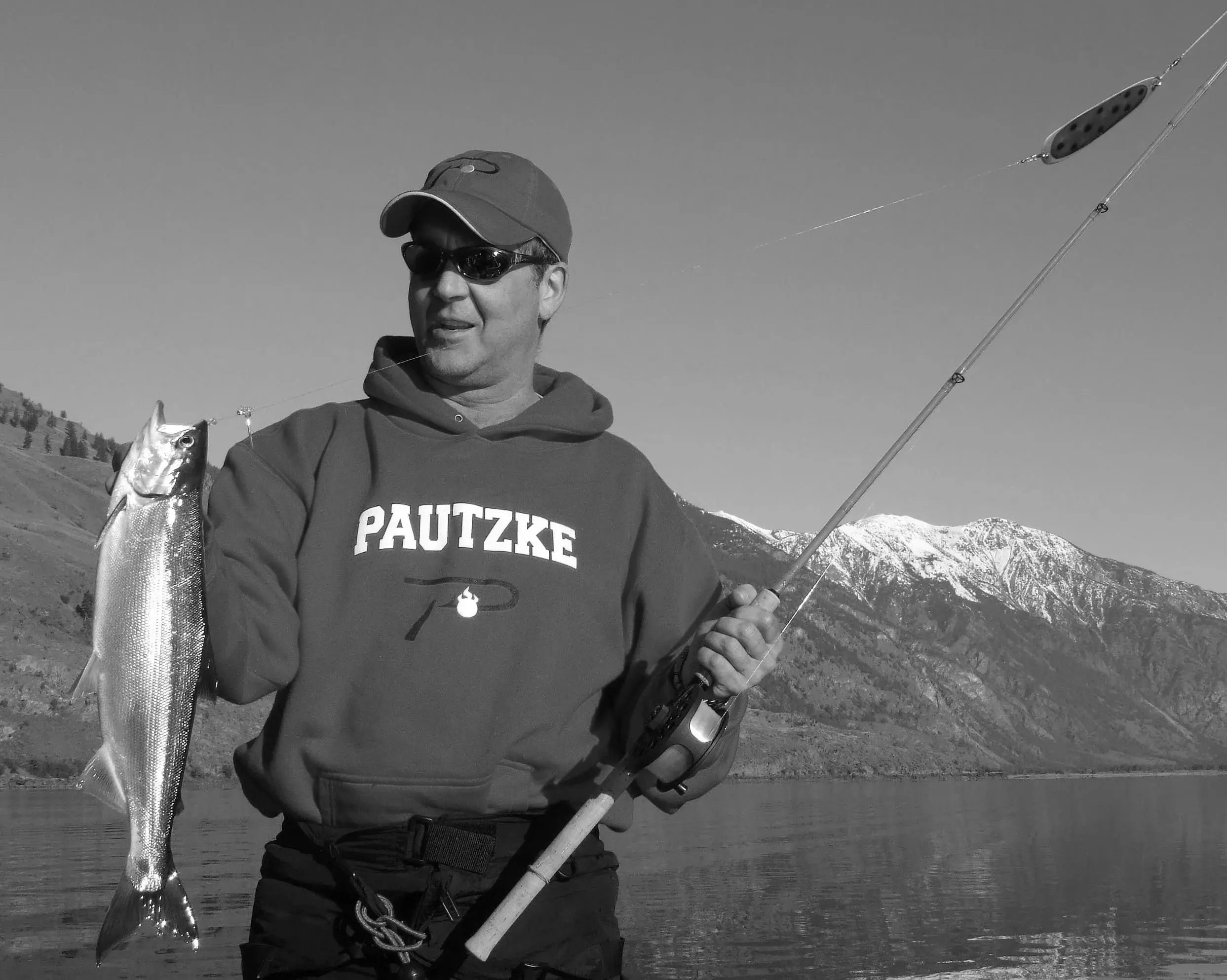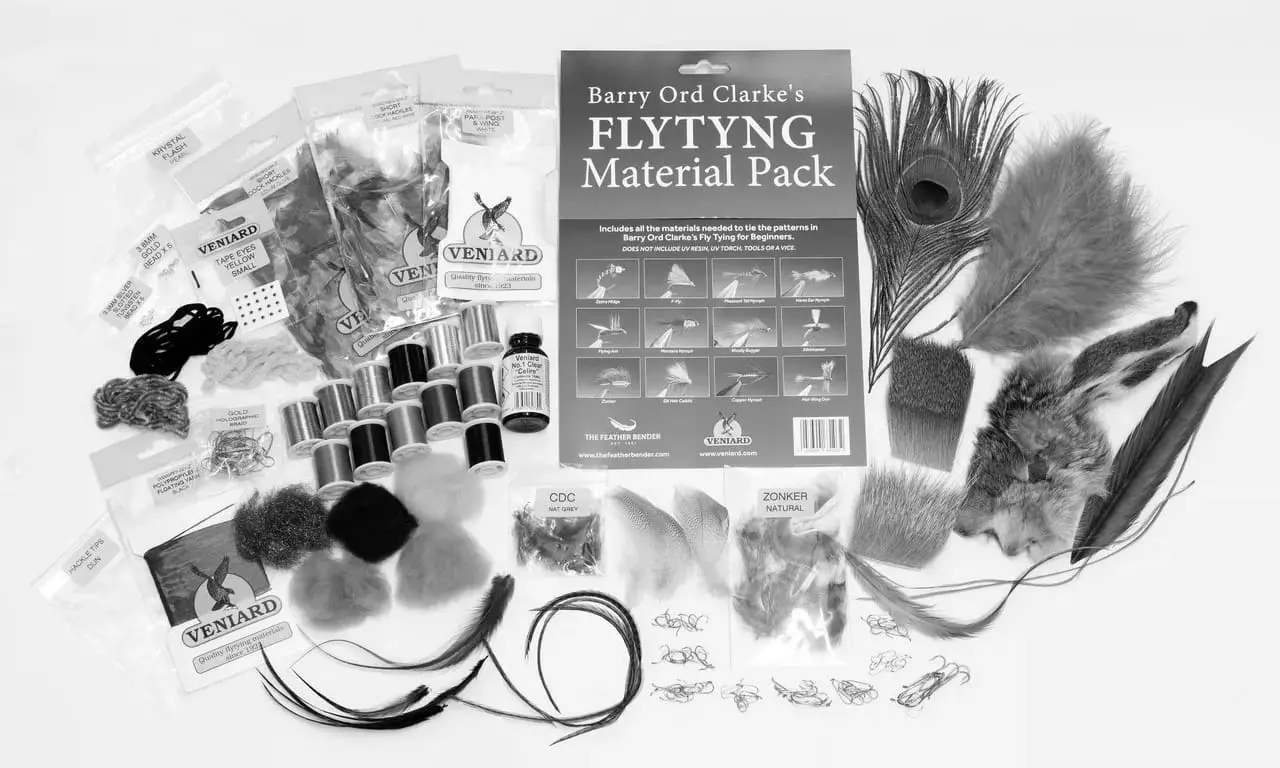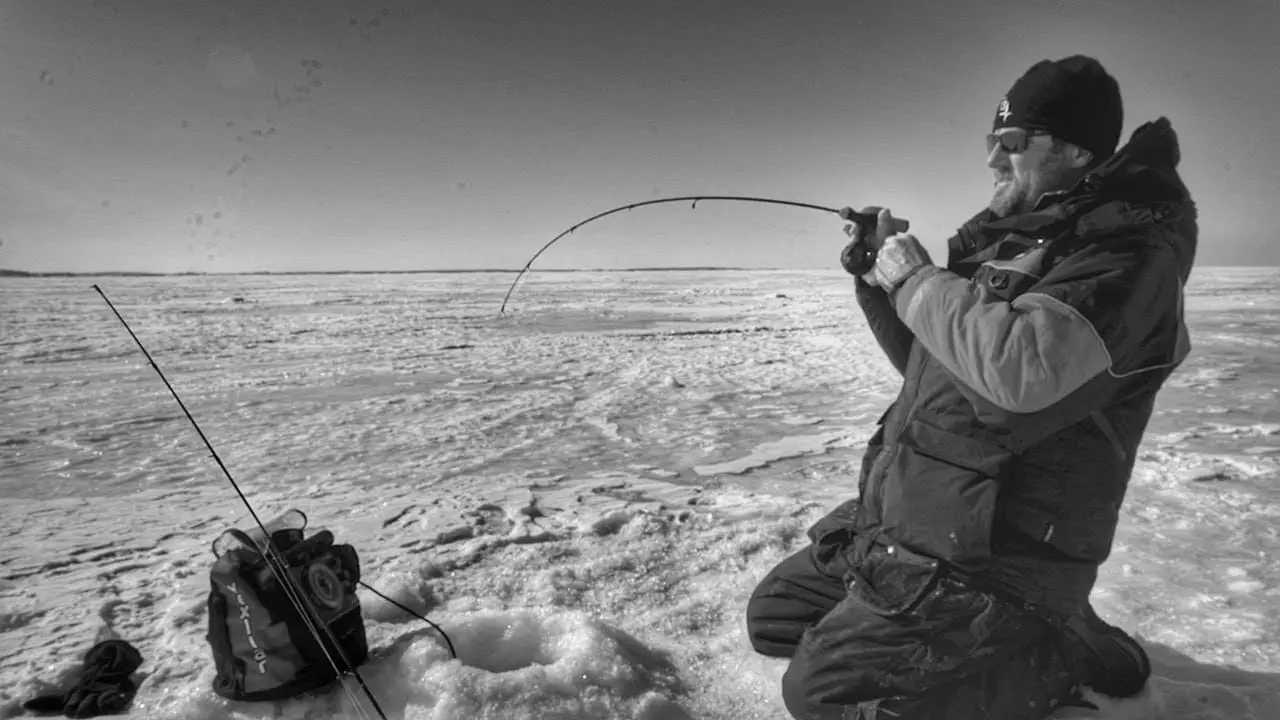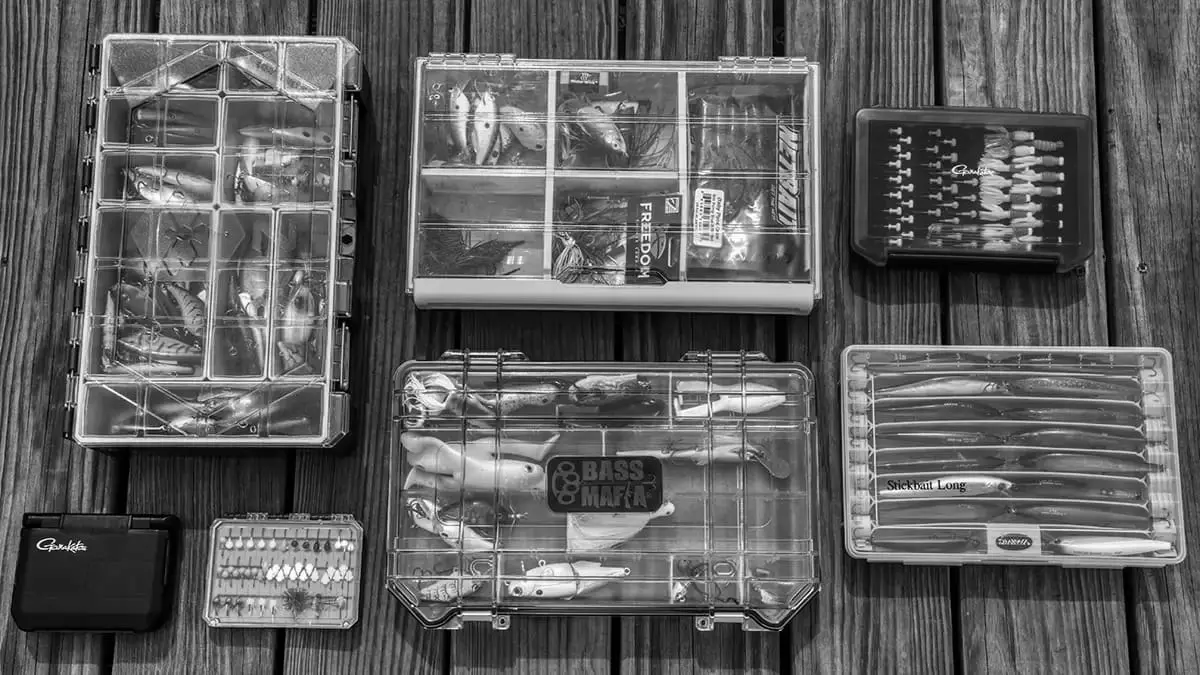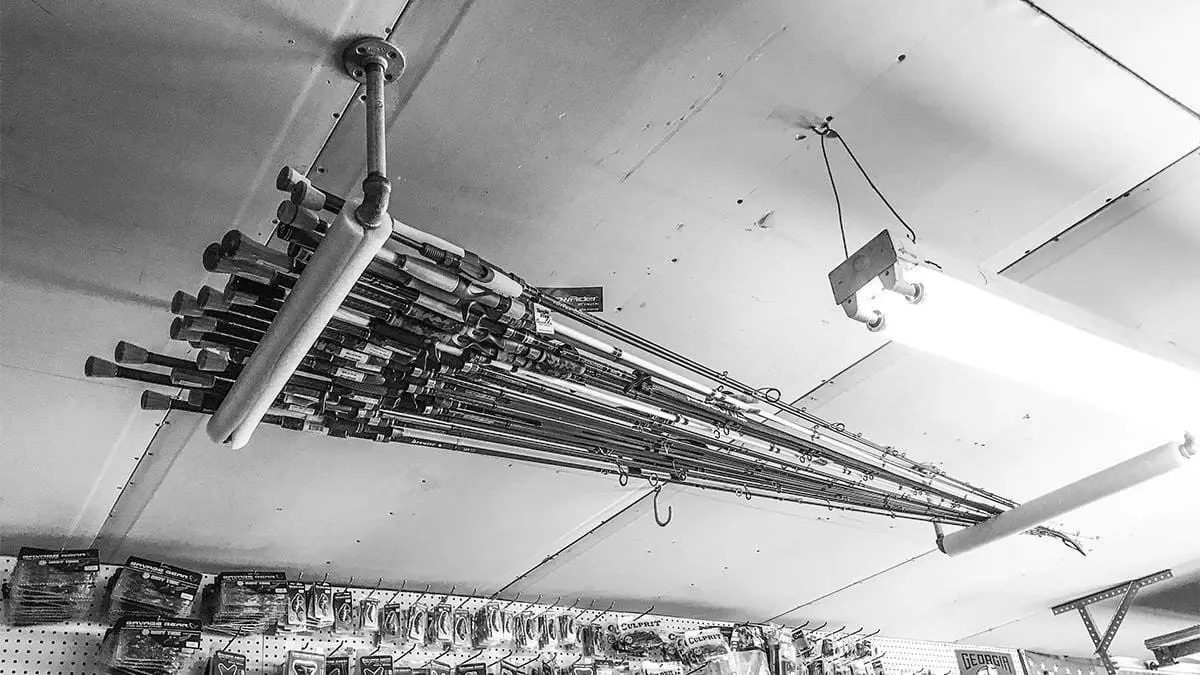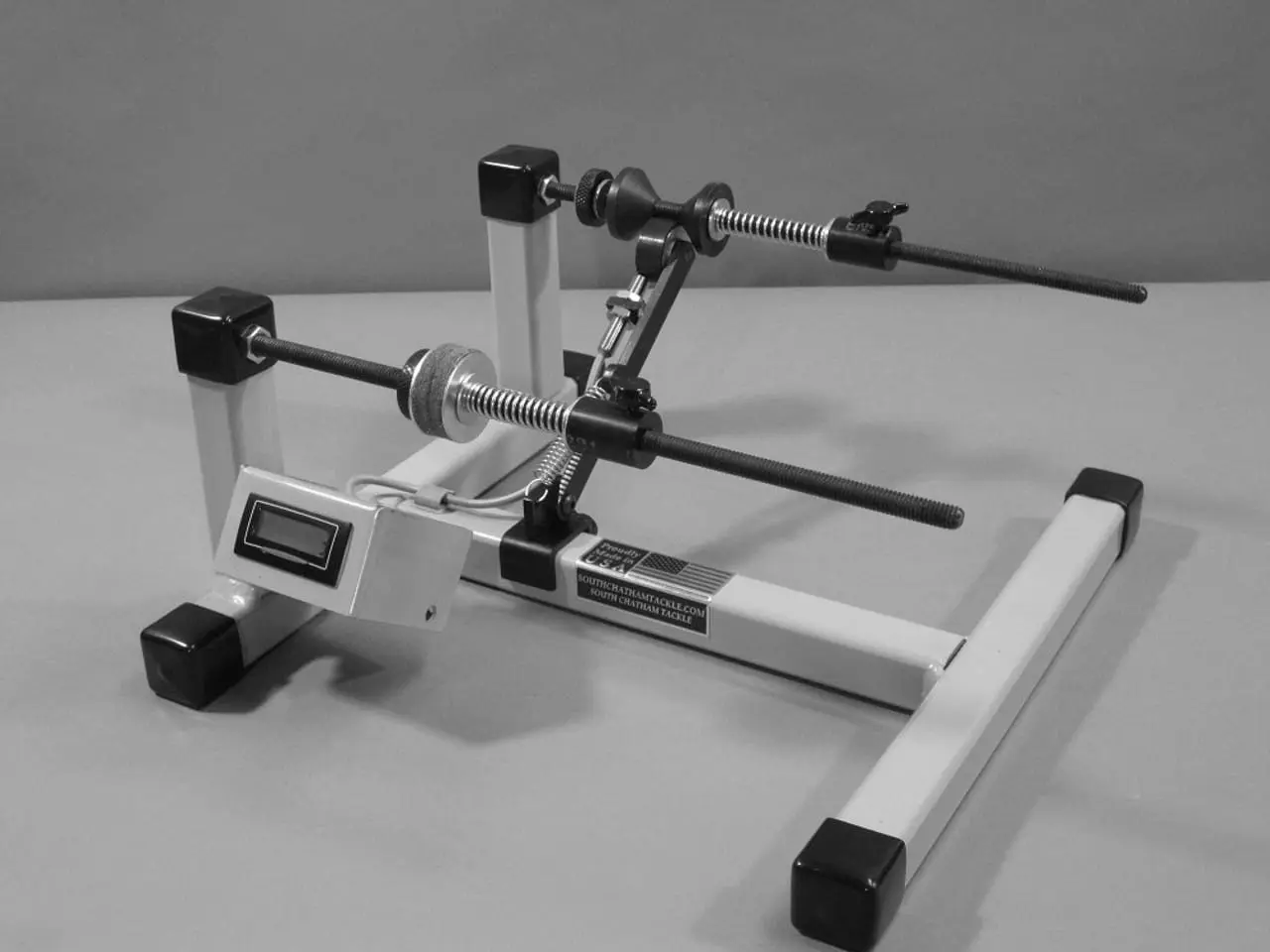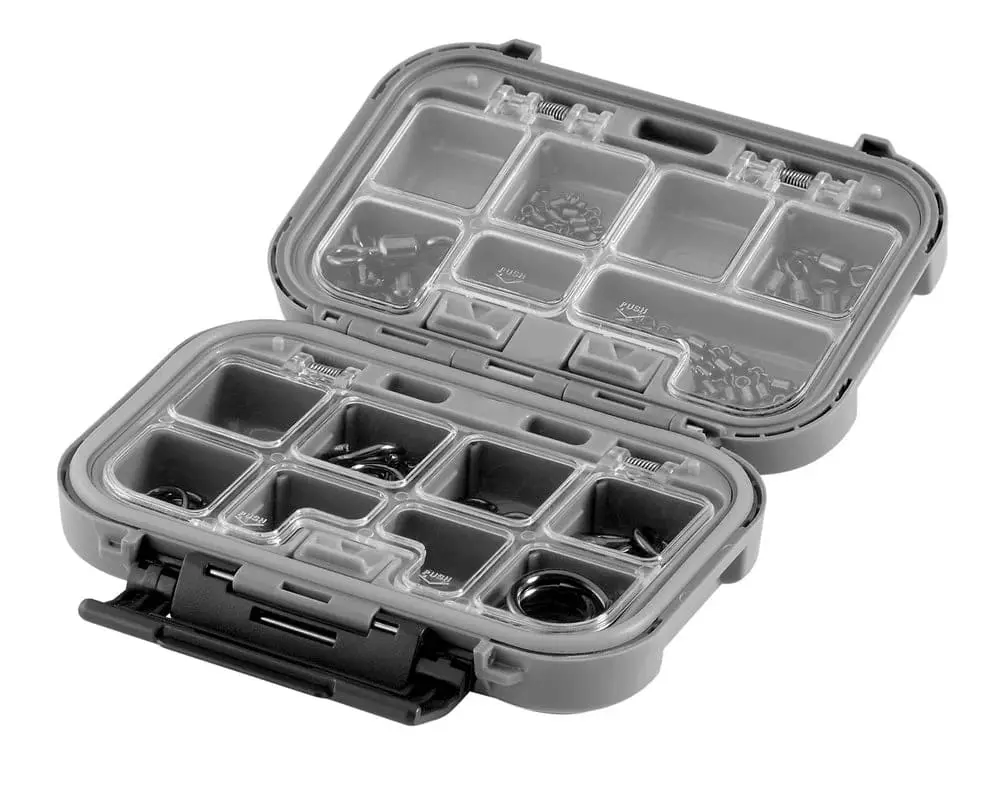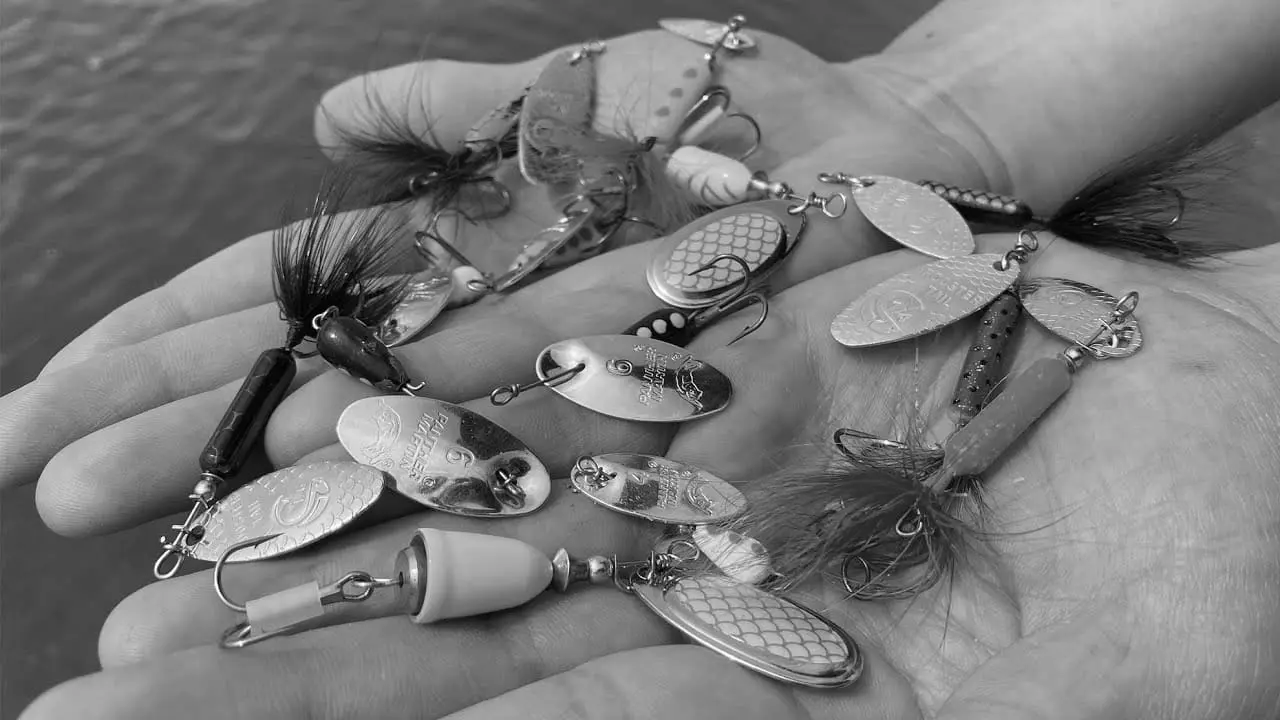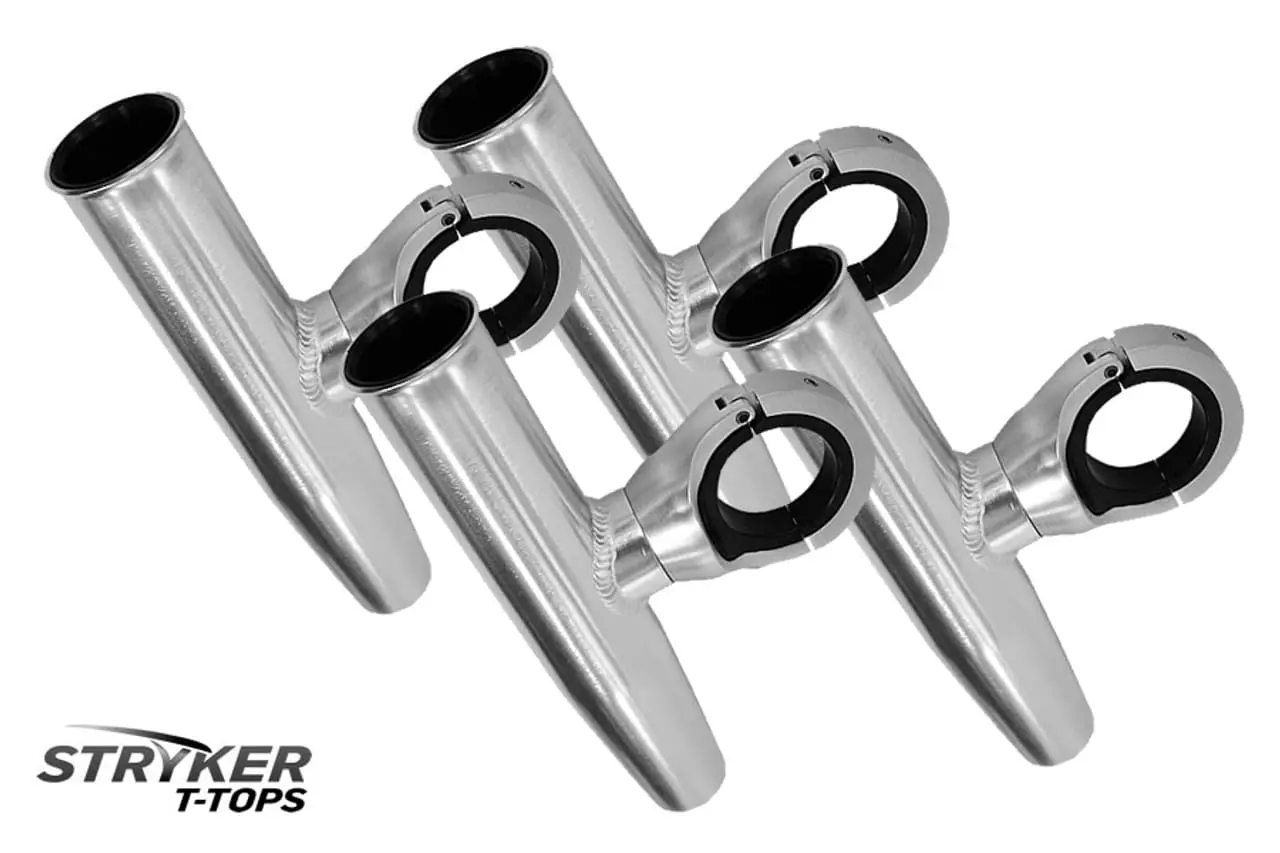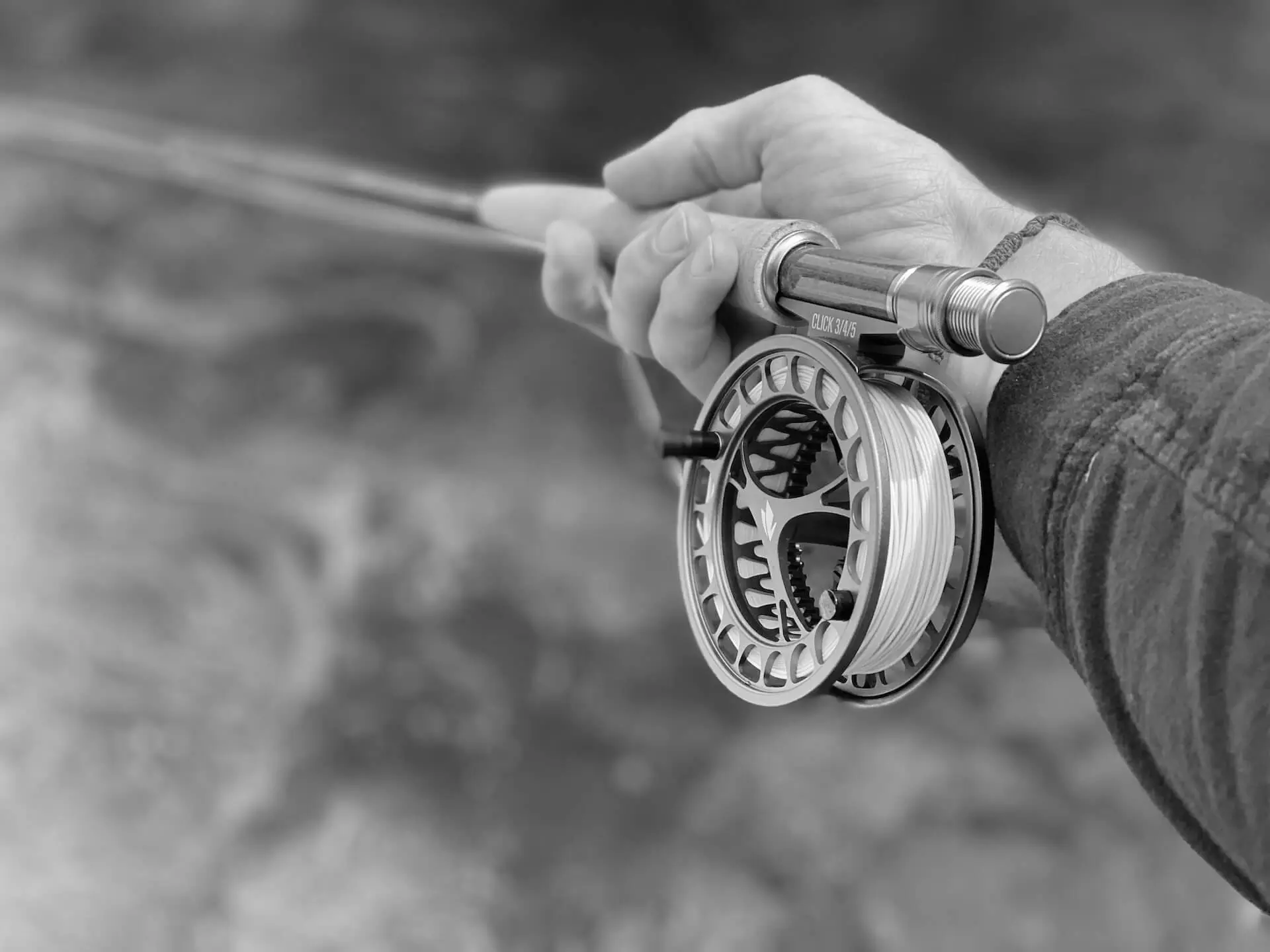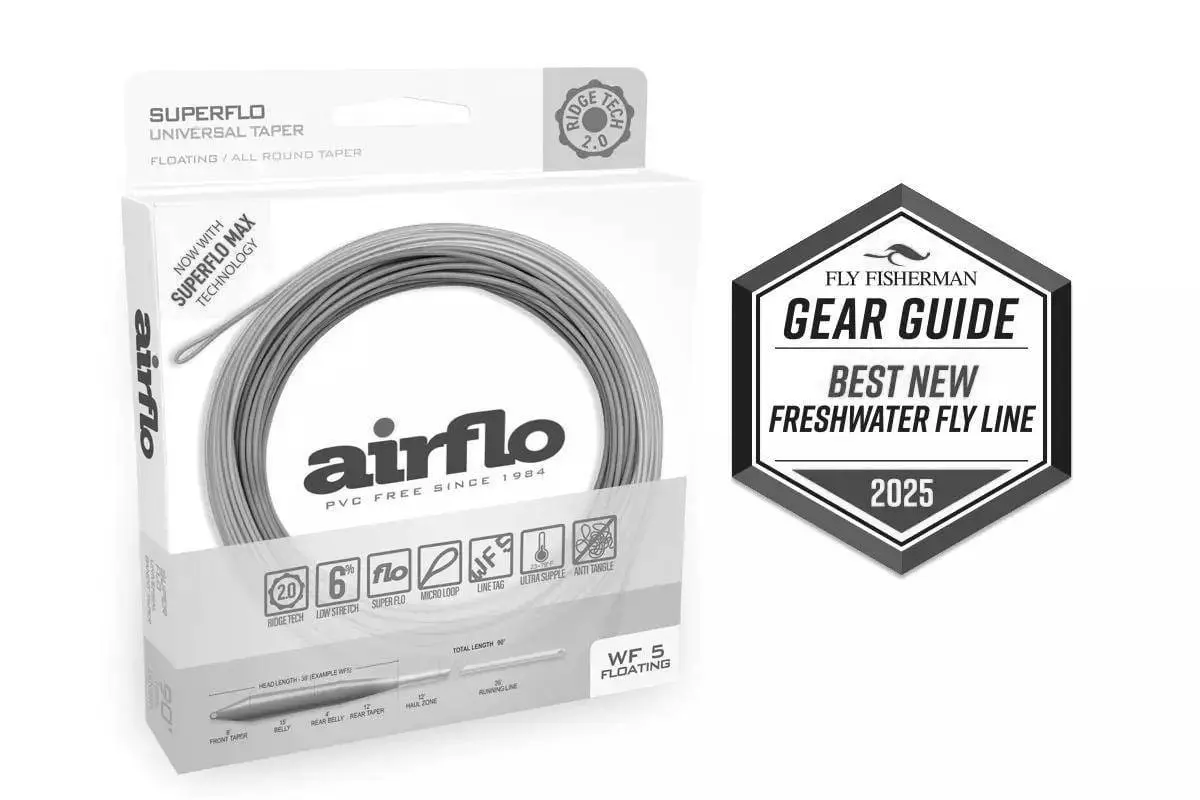Fly fishing is both an art and a science, and choosing the right flies can make all the difference in your success on the water. Whether you’re targeting trophy trout in a mountain stream or casting for bass in a local pond, the right fly can turn an ordinary day into a memorable one. In this guide, we will explore some of the best fly fishing flies, including popular assortments and specialty flies that every angler should consider adding to their tackle box.
Fly fishing flies are designed to mimic the appearance and movement of insects or small fish that fish naturally prey upon. Flies come in various types, including dry flies, wet flies, nymphs, and streamers. Each type of fly serves a specific purpose and is used in different fishing conditions.
- Dry Flies: These flies float on the water surface and are used to imitate adult insects. They are perfect for fishing when fish are feeding on the surface.
- Wet Flies: Designed to sink below the water’s surface, wet flies mimic drowned insects or small aquatic creatures.
- Nymphs: Nymphs are subsurface flies that imitate the immature stages of aquatic insects. They are particularly effective in rivers and streams where fish often feed below the surface.
- Streamers: These larger flies imitate small fish or leeches and are used to target predatory fish like trout and bass.
A trophy trout fly assortment typically includes a variety of nymphs, dry flies, and streamers that are effective for catching large trout. These assortments are carefully curated to provide anglers with the best chance of success when targeting trophy-sized fish.
Ventures Fly Co. offers a range of fly fishing assortments that cater to different fishing scenarios. Their kits often include a mix of dry and wet flies, ensuring that anglers have the right fly for any situation. Each fly is proudly hand-tied in the USA, ensuring quality and attention to detail.
Roxstar Fly Fishing Shop is known for its premium fly fishing gear and assortments. Their fly kits are designed for both beginners and experienced anglers, offering a selection of flies that are effective across various fishing environments.
Tigofly offers a range of specialty fly assortments, including the 12 pcs Wounded Minnow Fly and the 20 pcs UV Colors Polar Fry. These flies are crafted with high-carbon hooks and are designed to attract fish with their vibrant colors and realistic movement. They are particularly effective for salmon, trout, and sea bass fishing.
Ghanneey fly fishing poppers are topwater fishing lures that create a splash on the water surface, attracting fish from a distance. These poppers are especially effective for catching bass and other aggressive species that strike at surface disturbances.
The woolly bugger is a versatile fly that can be used in a variety of fishing situations. The Fly Crate offers a woolly bugger assortment that is perfect for targeting trout in streams and rivers. These flies are effective at imitating small fish or leeches, making them a staple in any fly fishing kit.
In addition to the right flies, having the proper gear is essential for a successful fly fishing experience. Here are some key pieces of gear to consider:
- Rod and Reel: Choose a fly rod and reel that match the type of fishing you plan to do. For example, a lightweight rod is ideal for small streams, while a heavier rod is better for larger rivers or lakes.
- Fly Line: Your fly line should match your rod and reel setup. Floating lines are great for dry flies, while sinking lines are better for wet flies and streamers.
- Tippet and Leader: These are the thin lines that connect your fly to the main fly line. They should be nearly invisible in the water to avoid spooking fish.
- Floatant: Dry fly floatant is used to keep your dry flies floating on the water’s surface. It creates a hydrophobic barrier that repels water and maintains the fly’s buoyancy.
The type of water you are fishing in can greatly influence your choice of flies. For instance, clear, slow-moving streams might require smaller, more delicate flies, while fast-moving rivers may call for larger, more visible patterns.
“Matching the hatch” means selecting a fly that closely resembles the insects currently present in the environment. Observing the types of insects on and around the water will help you choose the best fly to use.
Fish can be unpredictable, and what works one day might not work the next. Don’t be afraid to switch up your flies and try different patterns until you find what works best on a given day.
Investing in high-quality flies is crucial for successful fly fishing. Look for flies that are well-tied and made with durable materials. This will ensure that they perform well and last longer in your tackle box.
Choosing the best fly fishing flies involves understanding the types of flies available, selecting the right assortments, and equipping yourself with essential gear. Whether you’re a seasoned angler or new to the sport, having a variety of high-quality flies in your collection will enhance your fly fishing experience. Remember to consider the environment, match the hatch, and experiment with different patterns to increase your chances of success on the water.
By taking these factors into account and investing in quality flies, you’ll be well-prepared to tackle any fly fishing challenge and enjoy the thrill of reeling in your next big catch. Happy fishing!
